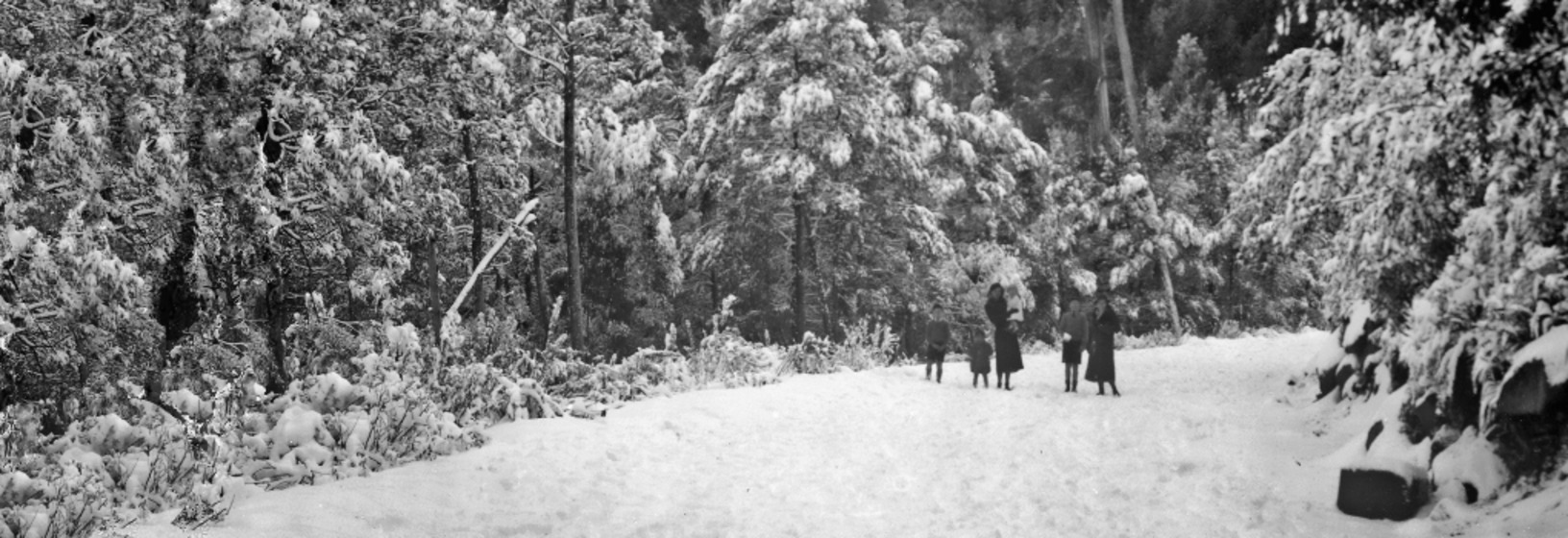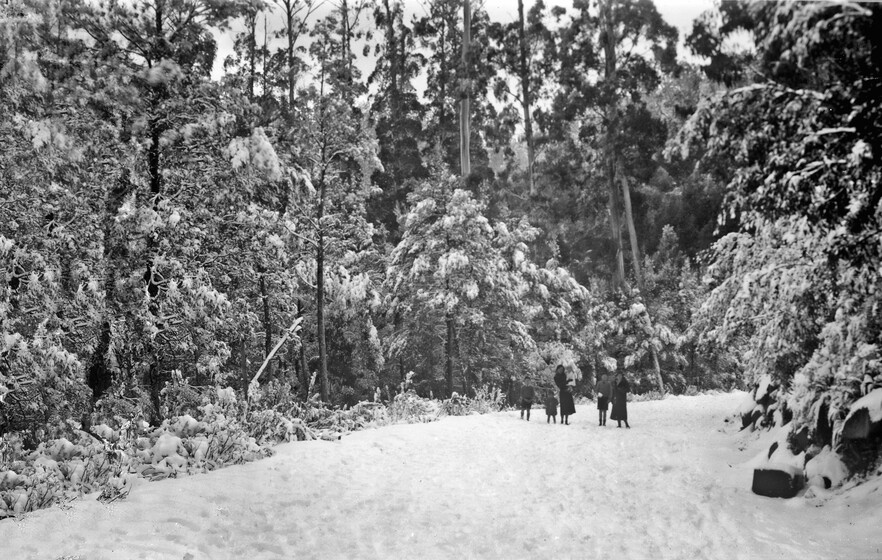For a period from 1918, in memory of Carlo Catani, Yarra Boulevard was re-christened Via Catani by Heidelberg Council. Today, Catani Boulevard remains a beautiful thoroughfare in outlying Bend of Islands, amidst several other eponymous roadways.
Carlo Catani brought his grand vision and European sensibility to Victoria in many aspects. One of these was manifested in his concept designs for our roads and bridges, which have stood the test of time in our evolving world. Though some credited John Monash with the construction and design of Morell Bridge over the Yarra River at Anderson Street in South Yarra, Catani was instrumental with the conception and modification of this Monier Arch Bridge and ensured the ‘florid Renaissance Romanesque style’ was used. Alexandra Avenue which meets Anderson Street is one of Melbourne’s grand boulevards and was conceived by Catani as part of his Yarra River flood mitigation scheme. Today, Alexandra Avenue is aesthetically pleasing to all who use it in its various modes. Catani was involved with beautification works near Princes Bridge, as well as its engineering. Further downstream, the Queens Bridge design was prepared by Catani and his Italian friend and work colleague at the Public Works Department, Ettore Checchi.
From the late 1800’s, Carlo Catani in his capacity as the Engineer-in-Chief of the Public Works Department of Victoria, was already envisioning a scenic Port Melbourne to Sorrento motorway, and took steps to ensure its development.
Catani’s engineering works were not restricted to the metropolitan area. There are a number of rural roads that Catani designed, such as the Mount Buffalo and Mount Donna Buang roadways, as well as providing us with access to the heart of the Grampians. These roads were significant in that they enabled tourists to utilise the recreational opportunities these unique and significant places offered. As Chief Engineer of the Public Works Department, he supervised many road and bridge projects which went uncredited: the several roadways that linked his Village Settlement Scheme to established towns throughout Gippsland may be seen as such examples.
Catani saw possibilities where others did not, as he always had eye for the future.
Bibliography:
Bourke, Anne (2016) Carlo Catani and Alexandra Avenue: The making of a European Promenade in Colonial Melbourne, Fabrications, The Journal of the Society of Architectural Historians, Australia and New Zealand. 26:1, p.27-49.
Grampians Tourist Road, The Horsham Times, 7 May 1926, p.4.
Holgate, Alan (1998) Monier arch bridge at Anderson Street, Melbourne, the Morell Bridge. Clayton, Vic, Monash University, Dept. of Civil Engineering.
McNicoll, Ronald (1979) Catani, Carlo Giorgio Domenico Enrico (1852- 1918), Australian Dictionary of Biography, vol 7. Melbourne University Press.
Great Thoroughfares of the World, The Argus (Melbourne, Vic), 13 Nov 1937, p.12.














